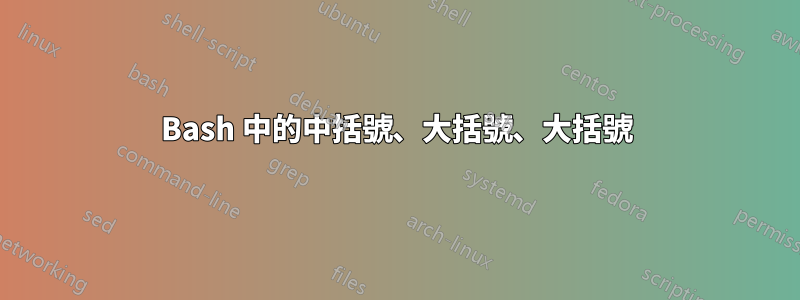
謎語如下:
如果我做:
touch file{1,2,3}
它創建文件1、文件2、文件3
如果我這樣做
rm file[1-3]
它會刪除它們。
但如果我這樣做
touch file[1-3]
它創建:
file[1-3]
為什麼?
答案1
如果您不厭其煩地閱讀線上說明頁而不是猜謎語:
Brace Expansion
Brace expansion is a mechanism by which arbitrary strings may be
generated. This mechanism is similar to pathname expansion, but the
filenames generated need not exist.
...
Pathname Expansion
After word splitting, unless the -f option has been set, bash scans
each word for the characters *, ?, and [. If one of these characters
appears, then the word is regarded as a pattern, and replaced with an
alphabetically sorted list of filenames matching the pattern (see
Pattern Matching below). If no matching filenames are found, and the
shell option nullglob is not enabled, the word is left unchanged.
...
Pattern Matching
Any character that appears in a pattern, other than the special pattern
characters described below, matches itself. ...
The special pattern characters have the following meanings:
...
[...] Matches any one of the enclosed characters. A pair of
characters separated by a hyphen denotes a range
expression; any character that falls between those two
characters, inclusive, using the current locale's
collating sequence and character set, is matched.
file[1-3]擴展為名為file1, file2,的檔案file3。僅當存在匹配文件時才會發生文件名擴展。如果不是,則圖案保持原樣。因此,如果檔案名稱為file1, file2, file3, 則file[1-3]擴展為file1 file2 file3.如果沒有這些文件,它就不會擴展,並保持為file[1-3].使用 時{...},檔案名稱不必存在,因此無論檔案存在或不存在,file{1..3}都會擴展為。file1 file2 file3


